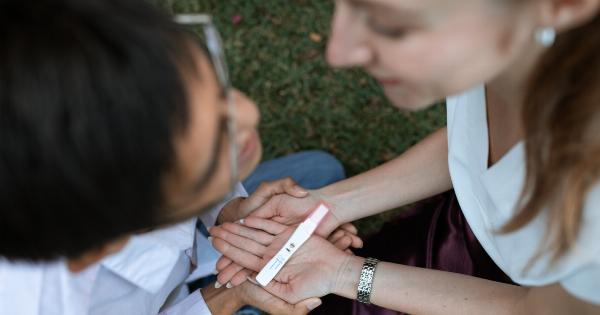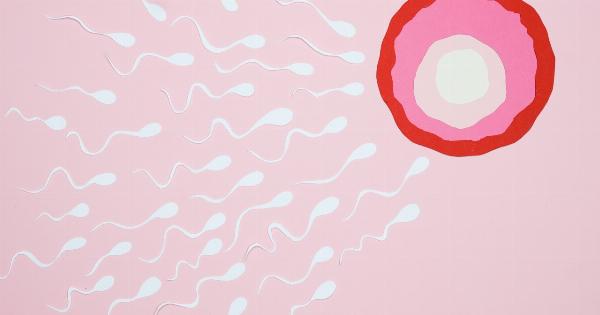World Fertility Day is a global initiative that aims to raise awareness about fertility issues, promote reproductive health, and provide support to those struggling with infertility.
Observed on November 1st every year, this day serves as a platform to educate individuals, couples, and communities about the challenges faced by millions around the world who desire to start a family.
The Importance of World Fertility Day
Infertility affects a significant number of people worldwide, with estimates suggesting that one in six couples experience difficulties in conceiving.
Despite its prevalence, infertility is still often misunderstood, and the emotional burden it brings is often overlooked. World Fertility Day seeks to address these misconceptions, destigmatize fertility issues, and encourage open conversations about reproductive health.
Understanding the Causes of Infertility
Infertility can have various causes, both in men and women. For women, common causes include ovulation disorders, blocked fallopian tubes, and uterine problems.
In men, infertility can be attributed to low sperm count, poor sperm motility, or abnormalities in sperm shape. Additionally, factors such as age, lifestyle choices, and underlying medical conditions can also impact fertility in both sexes.
It is important to note that infertility is not solely a female problem.
Approximately 40% of cases are due to male factors, 40% are due to female factors, and the remaining 20% are a combination of both male and female factors or have unexplained causes. Understanding these causes is crucial in seeking appropriate medical help and exploring available treatment options.
The Emotional Impact of Infertility
For individuals and couples experiencing infertility, the emotional toll can be immense. The desire to have a child is often deeply rooted and the inability to conceive naturally can lead to feelings of grief, guilt, shame, and even depression.
With societal expectations and cultural norms surrounding parenthood, those struggling with infertility may also face judgment or insensitive remarks from others.
World Fertility Day aims to shed light on these emotional challenges and provide a supportive environment where individuals can share their stories, seek advice, and find solace in connecting with others facing similar experiences.
It is essential to prioritize mental health and well-being while navigating the journey of infertility.
Accessible Fertility Treatments and Support
Over the years, advancements in medical technology and fertility treatments have provided hope to many couples struggling with infertility.
Assisted reproductive techniques such as in vitro fertilization (IVF), intrauterine insemination (IUI), and fertility medications have significantly improved the chances of conception for those facing difficulties.
However, these treatments may not be accessible or affordable for everyone. World Fertility Day advocates for improved access to fertility treatments, ensuring that financial constraints do not stand in the way of building a family.
It encourages policymakers and healthcare systems to prioritize reproductive health and consider options for subsidized or insurance-covered fertility treatments.
Educating the Masses: Breaking the Taboo
The cultural taboo surrounding infertility often leads to silence and ignorance around the topic.
World Fertility Day promotes education and understanding, emphasizing the importance of accurate information about fertility, reproductive health, and available treatments.
Educating young individuals about the factors that may impact fertility in the future is crucial. Prevention and early intervention can play a significant role in addressing fertility-related issues.
By breaking the taboo and openly discussing fertility, we can empower individuals to make informed choices about their reproductive health and take necessary steps to protect their fertility.
Support Networks and Awareness Campaigns
Support networks and awareness campaigns play a vital role in providing a safe space for individuals and couples struggling with infertility.
On World Fertility Day, numerous organizations and fertility clinics organize events, webinars, and workshops to share valuable insights, knowledge, and support. Many individuals find comfort in connecting with others who are going through similar challenges and find solace in knowing that they are not alone.
Investing in Fertility Research
Fertility research plays a crucial role in understanding the complexities of reproductive health and finding innovative solutions to fertility challenges.
World Fertility Day serves as a reminder of the need to invest in research to further advance the field of reproductive medicine. By supporting scientific endeavors, we can contribute to the development of more effective and accessible fertility treatments, ultimately helping more individuals and couples achieve their dream of starting a family.
Breaking the Stigma: Supporting Individuals and Couples
World Fertility Day aims to break the stigma surrounding infertility and create a supportive environment for those facing fertility challenges.
By fostering open conversations, promoting empathy and understanding, and providing resources and support, we can help remove the burden of shame and isolation often associated with infertility.
It is essential to acknowledge that everyone’s fertility journey is unique, and there is no one-size-fits-all solution.
World Fertility Day encourages acceptance, celebrates resilience, and reminds us to treat fertility issues with sensitivity and compassion.
On this World Fertility Day, let us join hands, raise awareness, and work towards a future where fertility challenges are understood, supported, and overcome.





























